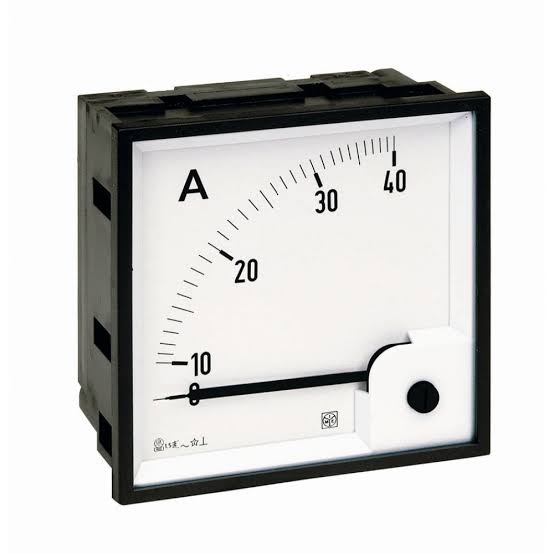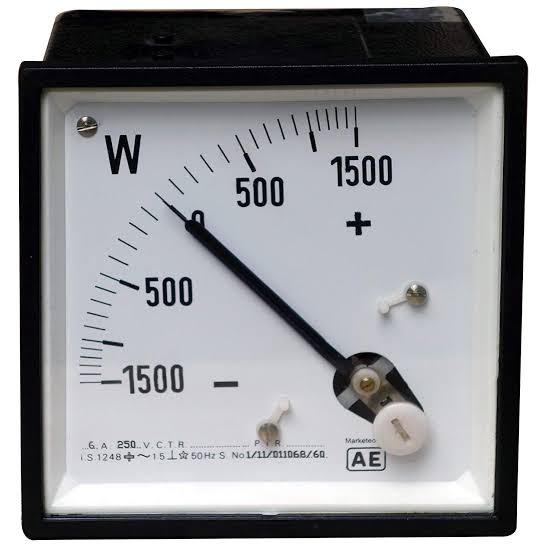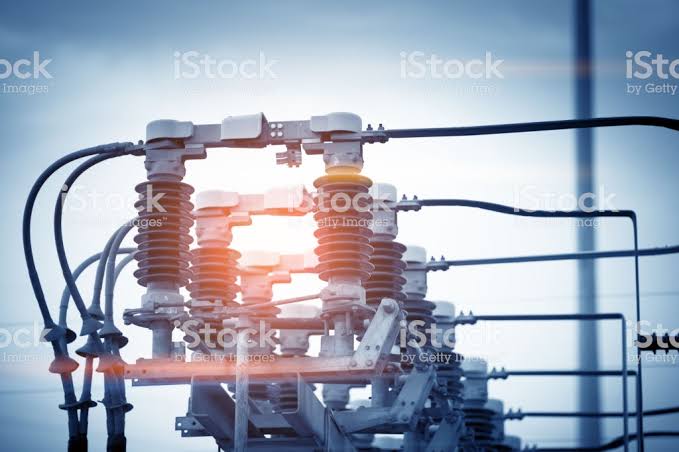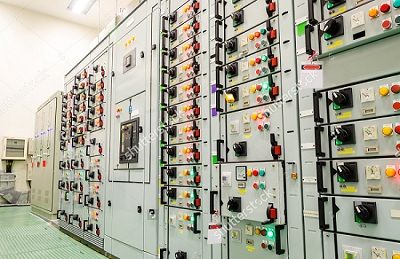Synchronous motor
Definition: The motor which runs at synchronous speed is known as the synchronous motor. The synchronous speed is the constant speed at which motor generates the electromotive force. The synchronous motor is used for converting the electrical energy into mechanical energy.
Definition: The motor which runs at synchronous speed is known as the synchronous motor. The synchronous speed is the constant speed at which motor generates the electromotive force. The synchronous motor is used for converting the electrical energy into mechanical energy.
A synchronous electric motor is an AC motor in which, at steady state,the rotation of the shaft is synchronized with the frequency of the supply current; the rotation period is exactly equal to an integral number of AC cycles. Synchronous motors contain multiphase AC electromagnets on the stator of the motor that create a magnetic field which rotates in time with the oscillations of the line current. A synchronous motor is termed doubly fed if it is supplied with independently excited multiphase AC electromagnets on both the rotor and stator.
The synchronous motor and induction motor are the most widely used types of AC motor. The difference between the two types is that the synchronous motor rotates at a rate locked to the line frequency since it does not rely on current induction to produce the rotor's magnetic field. By contrast, the induction motor requires slip: the rotor must rotate slightly slower than the AC alternations in order to induce current in the rotor winding. Small synchronous motors are used in timing applications such as in synchronous clocks, timers in appliances, tape recorders and precision servomechanisms in which the motor must operate at a precise speed; speed accuracy is that of the power line frequency, which is carefully controlled in large interconnected grid systems.
Working principle of synchronous motor :
The stator and rotor are the two main parts of the synchronous motor. The stator is the stationary part, and the rotor is the rotating part of the machine. The three-phase AC supply is given to the stator of the motor.
The stator and rotor both are excited separately. The excitation is the process of inducing the magnetic field on the parts of the motor with the help of an electric current.
When the three phase supply is given to the stator, the rotating magnetic field developed between the stator and rotor gap. The field having moving polarities is known as the rotating magnetic field. The rotating magnetic field develops only in the polyphase system. Because of the rotating magnetic field, the north and south poles develop on the stator.
When the rotor and stator both have the same pole on the same side, they repel each other. If they have opposite poles, they attract each other.
The rotor attracts towards the pole of the stator for the first half cycle of the supply and repulse for the second half cycle. Thus the rotor becomes pulsated only at one place. This is the reason because of which the synchronous motor is not self-starting.
The north and south poles of the rotor and the stator interlock each other. Thus, the rotor starts rotating at the speed of the rotating magnetic field. And the motor runs at the synchronous speed. The speed of the motor can only be changed by changing the frequency of the supply.
Main Features of Synchronous Motor :
Main Features of Synchronous Motor :
- The speed of the synchronous motor is independent of the load, i.e., the variation of the load does not affect the speed of the motor.
- The synchronous motor is not self-starting. The prime mover is used for rotating the motor at their synchronous speed.
- The synchronous motor operates both for leading and lagging power factor.
















0 Comments